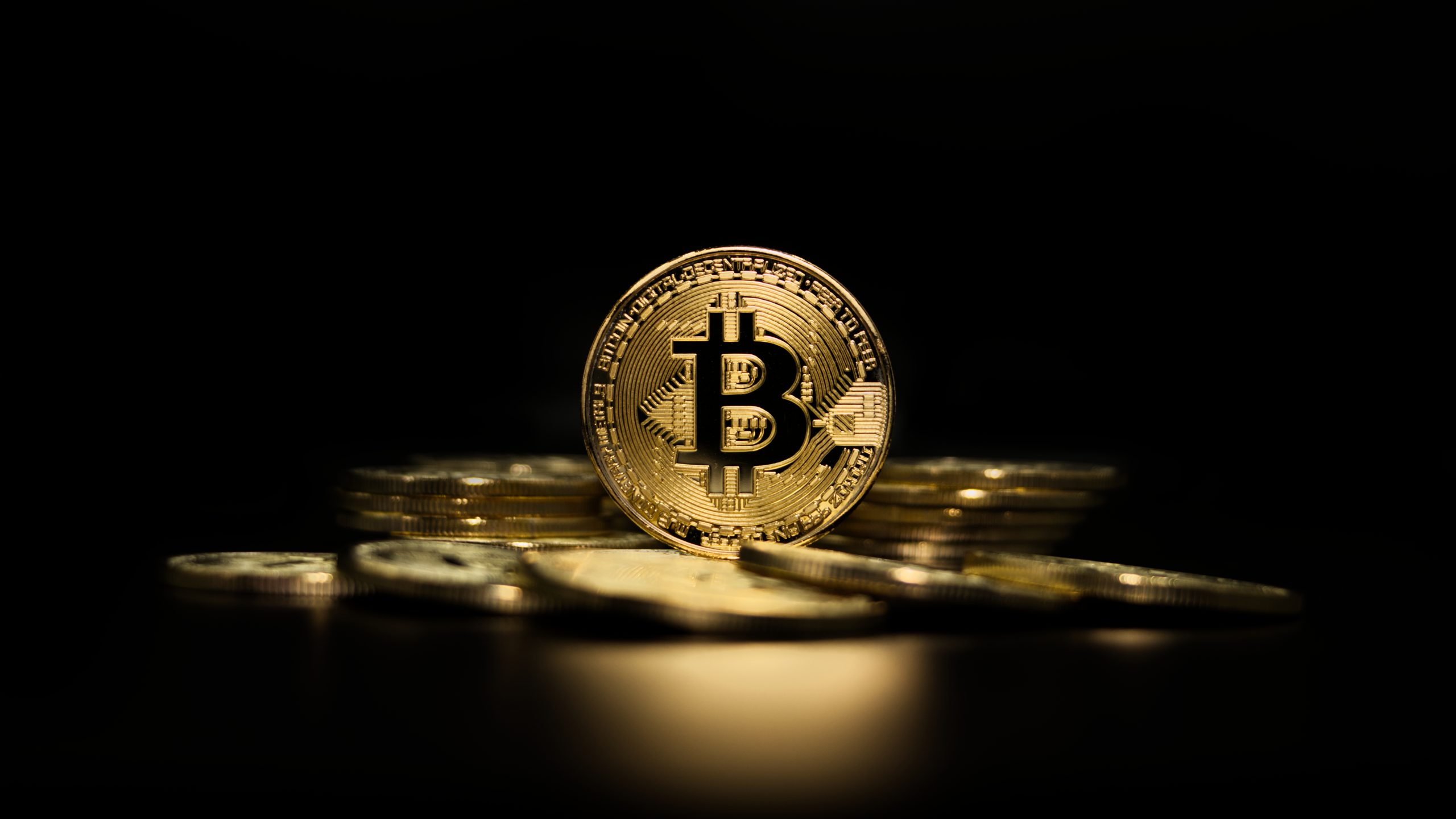Ripple, known for its focus on payment system solutions and the XRP cryptocurrency, is preparing to launch its stablecoin, initially pegged to the US dollar. This move could herald a new era in the realm of digital currencies and significantly impact the market. The company assures that its stablecoin will always maintain equivalent asset backing, with periodic independent audits to ensure security.
Stablecoins, a subset of cryptocurrencies, derive their value from stable assets such as fiat currencies (mostly the US dollar) or commodities like gold, aimed to reduce price volatility. While Ripple’s stablecoin is primed for a US debut, plans for regional variations in Europe and Asia aren’t off the table. In the US market, it will have to compete with well-known industry giants such as Tether (USDT), Circle (USDC), and PayPal USD stablecoin issued by Paxos Trust Company.
Ripple’s idea to create a stablecoin is driven by its commitment to offer heightened stability, potentially appealing to financial institutions and businesses.
The launch of Ripple’s stablecoin could have a twofold impact on existing XRP cryptocurrency. On the one hand, this may drive greater interest in the Ripple ecosystem, bolstering XRP’s utility as a bridge currency in cross-border transactions. On the other hand, there’s a risk of the stablecoin encroaching on XRP’s market share. Regardless, market observers will closely monitor XRP price dynamics. Some analysts have concerns over Tether’s asset backing, suggesting vulnerability to a potential “bank run” if token holders rush to redeem massively.
There are rumors regarding Tether’s strained relations with regulatory authorities, while Ripple fully complies in jurisdictions like New York, Ireland, Singapore, and other countries. Despite this new trajectory, Ripple remains committed to its XRP token. The history of stablecoins knows both success stories and failures; stability and platform trust are paramount to safeguarding token holders’ investments and regulatory adherence.
Ripple’s track record in developing payment systems and fostering partnerships with banks and financial institutions could augur well for the widespread adoption of stablecoin. The company envisions the stablecoin not only as a stability tool but also as a conduit for expanding its foothold in the digital payments arena. Anticipated benefits include bolstering strategic positioning and forging new financial market alliances.
This strategy not only facilitates diversification but also aids in automated trading, a realm where maintaining numerous multidirectional positions on a given cryptocurrency is pivotal. Engaging in free market replay and simulated trading using historical data serves as an excellent avenue for honing trading skills without exposing capital to risk.
The Ripple stablecoin’s debut could be a seminal event in digital finance, potentially enhancing XRP’s value and broadening Ripple’s operational horizons. Despite inherent stability and regulatory challenges, Ripple possesses the requisite expertise and resources to navigate these waters successfully. It’s imperative to acknowledge that a stablecoin’s success hinges on myriad factors, encompassing community reception, technological robustness, and market confidence in its stability.







